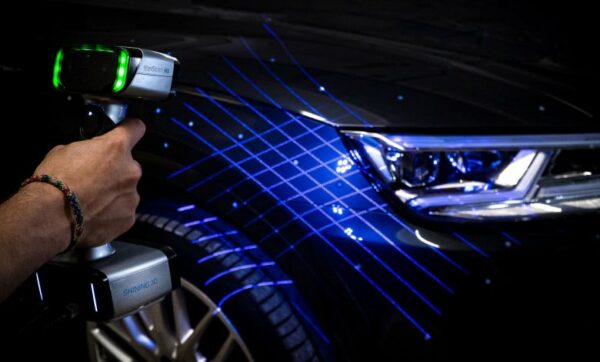In today’s world of digital design and rapid prototyping, 3D scanning technology has become an essential tool for industries ranging from manufacturing and engineering to art, healthcare, and education. Among the most reliable and innovative 3D scanners in the market are the Einscan and Einstar series by Shining 3D.
Whether you are a hobbyist exploring 3D printing, a designer needing precise models, or a business looking for efficient reverse engineering solutions, Einscan and Einstar offer a perfect balance of accuracy, accessibility, and affordability. In this article, we’ll dive into their technology, unique features, and wide-ranging applications.
What is 3D Scanning?
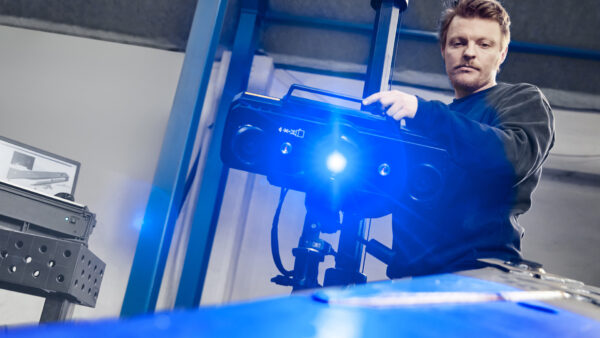
3D scanning is the process of capturing the shape, geometry, and sometimes even the color of an object using structured light, lasers, or cameras. The result is a digital 3D model that can be edited, analyzed, or reproduced with 3D printers.
This technology removes guesswork in measurements, speeds up workflows, and ensures accurate replication of real-world objects in the digital space.
Einscan Series: Professional-Grade Precision
The Einscan lineup is designed for professionals who demand high accuracy and detailed results.
One of the most advanced models, the Einscan HX, combines blue LED light with blue laser technology. This hybrid approach makes it capable of scanning tricky surfaces such as dark or reflective objects with accuracy up to 0.04 mm, while capturing up to 1.2 million points per second.
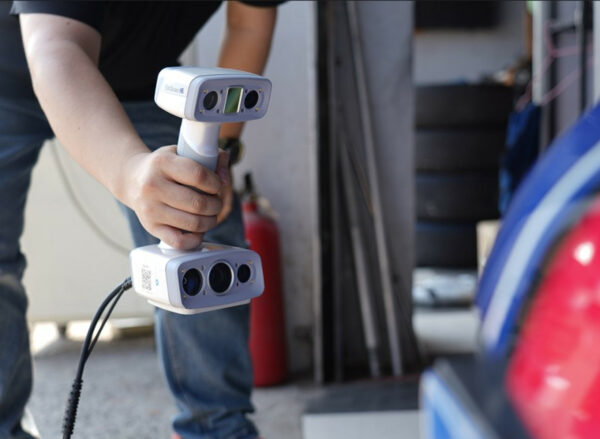
Meanwhile, the Einscan H and H2 focus on versatility, using both visible light and infrared scanning to capture both geometry and surface texture. Their wide field of view makes them especially useful in healthcare, cultural preservation, and animation.
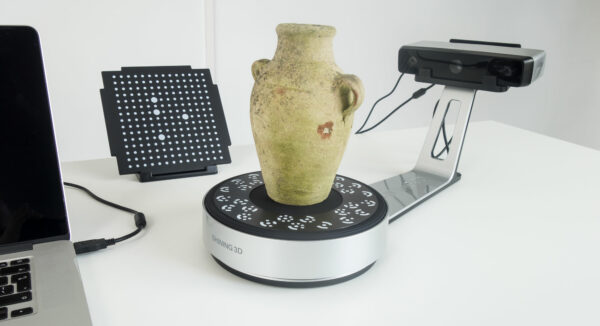
For desktop use, the Einscan SP and SE provide a compact but accurate solution. The SP achieves accuracy up to 0.05 mm with the help of an automated turntable, while the SE offers up to 0.1 mm accuracy, making it a great entry-level scanner for schools, beginners, and hobbyists.

The Einscan Pro HD pushes versatility even further with multiple handheld modes, professional-grade accuracy, and the ability to scan medium to large objects with ease. It’s an excellent choice for product development and reverse engineering.
Einstar: Affordable and Accessible 3D Scanning
If Einscan represents the professional powerhouse, Einstar is the entry-level champion.

The standard Einstar handheld scanner uses VCSEL structured light and a built-in color camera, capturing textured models in full color at speeds of up to 980,000 points per second. It’s lightweight and user-friendly, making it ideal for educators, small businesses, and DIY enthusiasts.
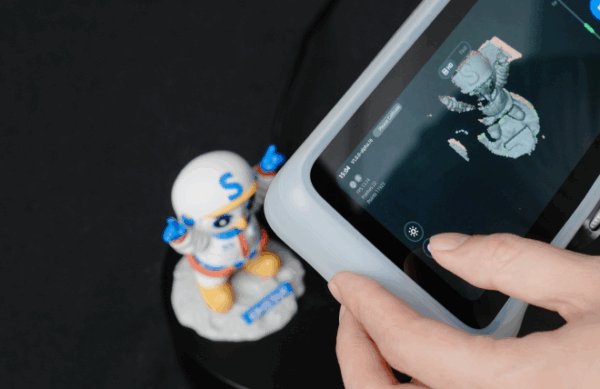
The Einstar VEGA improves on this with dual scanning modes, high-resolution texture capture, wireless operation, and built-in computing power, making it one of the most versatile portable scanners available today.
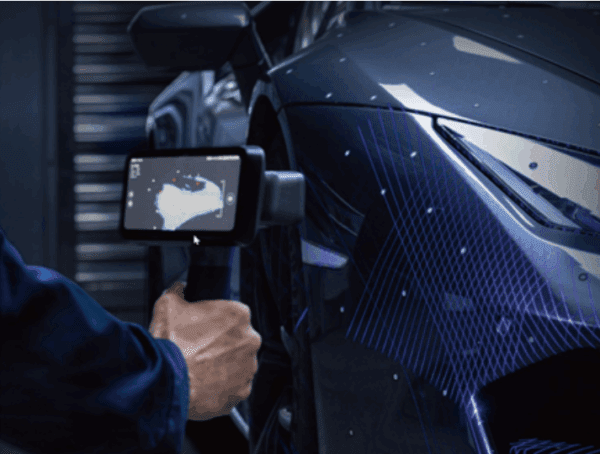
For advanced users who need both precision and flexibility, the Einstar Rigil offers dual scanning modes with laser and infrared technology, achieving speeds up to 4.4 million points per second and handling large objects with ease.
Expanding the Lineup: Specialized Scanners
Shining 3D doesn’t stop with Einscan and Einstar. For businesses with specialized scanning needs, additional solutions are available:
- FreeScan UE – A professional handheld laser scanner built for industrial metrology, offering exceptional accuracy and stability for inspection and manufacturing workflows.
- AutoScan Sparkle – Specially designed for jewelry, this automatic desktop scanner provides detailed scans of intricate designs, making it ideal for jewelers and custom accessory makers.
- OptimScan 5M – A high-resolution metrology-grade scanner capable of capturing fine details in small to medium parts, widely used in quality control and engineering.
- Transcan C – A professional-grade color scanner that delivers brilliant texture detail along with high-accuracy geometry, perfect for art preservation and product design.
With these options, Shining 3D covers the full spectrum of 3D scanning needs, from hobby-level projects to high-end industrial inspection.
Applications of Einscan and Einstar
Both Einscan and Einstar have broad applications across different industries:
- Reverse Engineering – Recreate existing parts for repair, redesign, or improvement.
- 3D Printing & Prototyping – Scan objects for direct printing or integrate them into product development.
- Industrial Inspection – Use metrology-grade scanners like FreeScan UE or OptimScan 5M for quality assurance.
- Jewelry & Art – Leverage AutoScan Sparkle or Transcan C for capturing delicate details in small objects.
- Medical Applications – Build custom prosthetics, dental models, or anatomical references.
- Education – Teach students digital design, engineering, and creativity through hands-on scanning and modeling.
- Gaming & Animation – Capture realistic objects for use in virtual environments.
Einscan vs Einstar: Which One Should You Choose?
- Choose Einscan if you need professional accuracy, advanced features, and industrial-level performance. Ideal for engineers, designers, researchers, and industries like aerospace and automotive.
- Choose Einstar if you want an affordable, beginner-friendly scanner that still delivers high-quality results. Perfect for classrooms, small businesses, hobbyists, and digital artists.
- Consider FreeScan UE, AutoScan Sparkle, OptimScan 5M, or Transcan C if you have specialized industrial, jewelry, or cultural preservation needs.
Both product lines reflect Shining 3D’s mission to make 3D scanning more accessible, efficient, and versatile.
Final Thoughts
From entry-level devices like Einstar to high-end industrial scanners like FreeScan UE, Shining 3D offers a solution for every type of user. Whether your goal is reverse engineering, quality control, cultural preservation, or creative 3D printing, there’s a scanner tailored to your needs.
By choosing the right model, you can unlock the potential of 3D scanning technology and bring your ideas from the physical world into the digital future.

